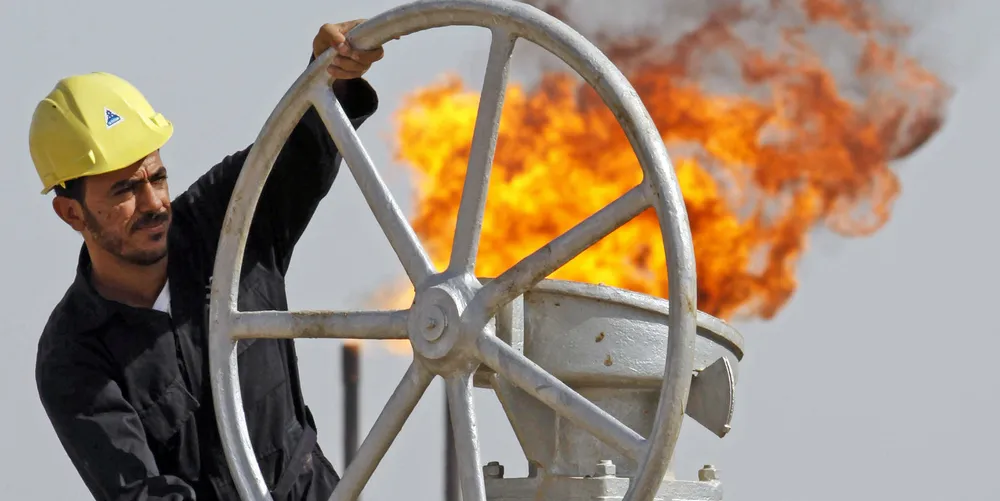The Recharge view | 'Coming trillion-dollar-scale clean-energy spend is a moral test'
The International Renewable Energy Agency has put the total investment needed to meet the Paris Agreement targets at $131trn, but this is about much more than money
